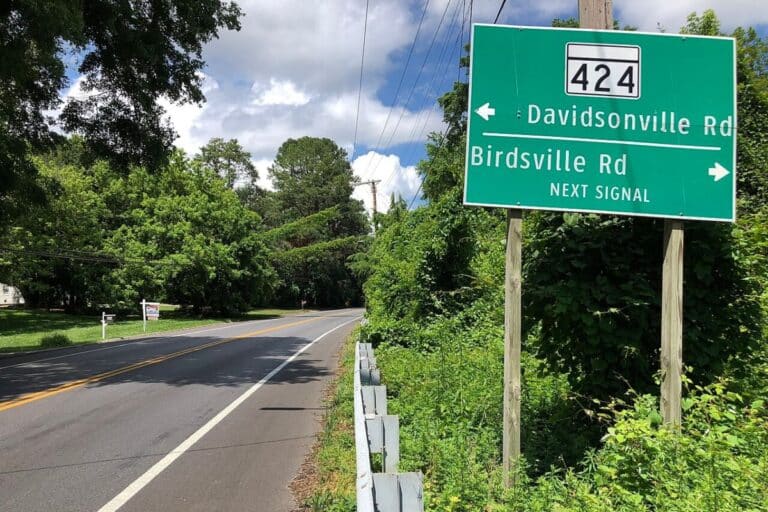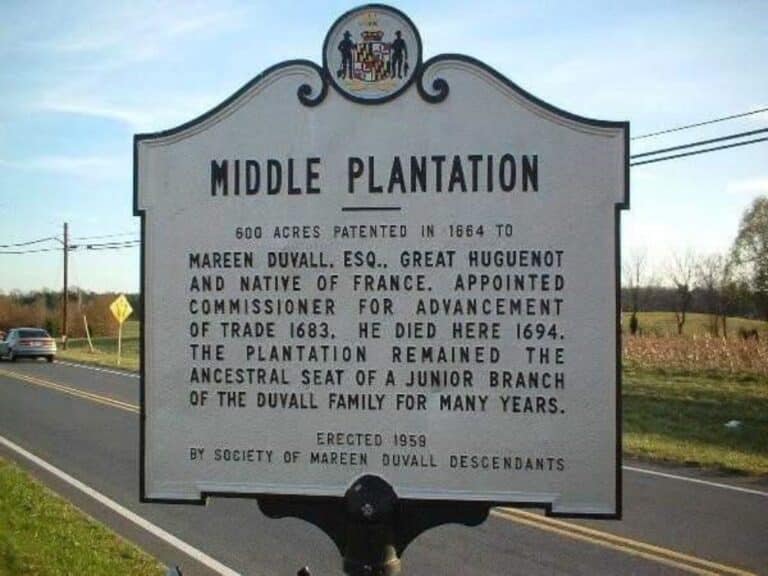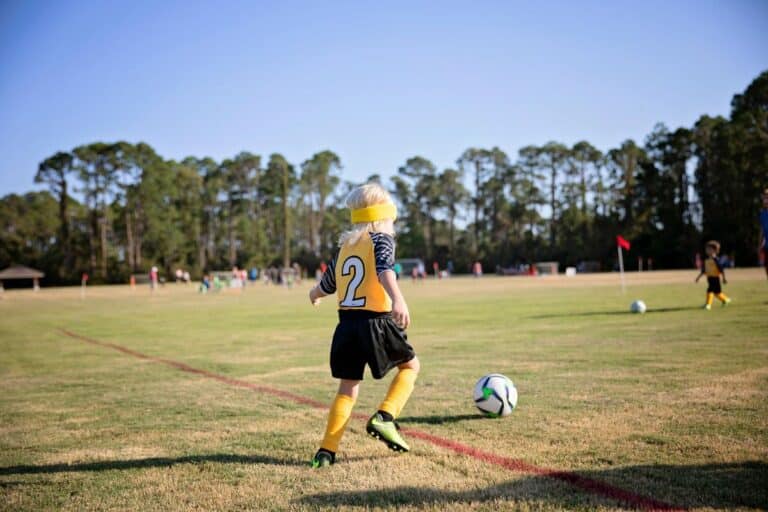Davidsonville, Maryland, carries a deep historical legacy tied to the Indigenous peoples who once thrived on this land. Long before European settlers arrived, Native American nations shaped the region’s history, culture, and environment.
This blog delves into the Indigenous roots of Davidsonville, Maryland, highlighting the people, their connection to the land, and their enduring legacy.
Indigenous Nations and Early Inhabitants
The area now known as Davidsonville was originally part of the ancestral homeland of the Piscataway Conoy people, an Algonquian-speaking people of the Chesapeake Bay region. The Piscataway primarily inhabited areas between the Potomac River and the western shore of the Chesapeake Bay, including present-day Charles, Prince George’s, and St. Mary’s counties.
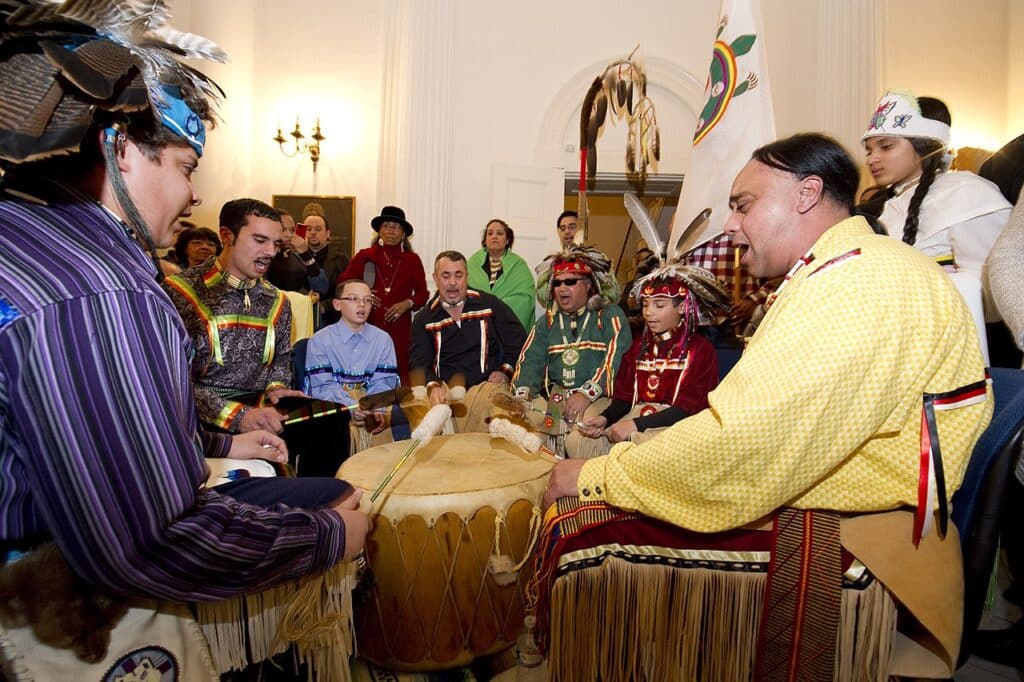
The fertile lands and proximity to waterways provided an ideal environment for hunting, fishing, and farming. The Piscataway cultivated crops such as corn, beans, and squash, known as the “Three Sisters,” which formed the foundation of their diet and were integral to their agricultural practices.
The Piscataway Conoy People
The Piscataway Conoy people possessed a rich cultural heritage characterized by a structured social hierarchy, a distinct language, and deeply held spiritual beliefs.
Social Structure
By the late 16th century, the Piscataway had developed sophisticated political systems with varying degrees of centralization. While leadership structures existed, the concept of a single “paramount chief” with absolute authority over all Piscataway is an oversimplification.
Villages often had their own leaders (sometimes called werowances) who held influence within their communities. This system facilitated coordinated defense, tribute collection, and maintenance of internal order.
Language
The Piscataway spoke an Algonquian dialect closely related to Nanticoke. In 1640, Jesuit missionary Father Andrew White translated the Catholic catechism into the Piscataway language, one of the earliest attempts to document the language.
Unfortunately, over time, the use of the Piscataway language declined, and English became predominant.
Cultural and Spiritual Connection to the Land
The Piscataway worldview was deeply connected to the natural world. They held a profound respect for the land, rivers, forests, and all living things. Their spiritual beliefs were intertwined with their understanding of the environment, and their ceremonies and traditions reflected this connection.
Archaeological findings in Anne Arundel County reveal evidence of Indigenous villages, burial sites, and ceremonial grounds, underscoring their deep connection to the land.
One significant site near Davidsonville is the Jug Bay Wetlands Sanctuary along the Patuxent River, where archaeologists have discovered artifacts that provide insights into the daily lives and cultural practices of the region’s first inhabitants.
European Contact and the Impact on Indigenous Communities
The arrival of European settlers in the 1600s marked a turning point for Indigenous communities in the Chesapeake region. Colonization brought significant changes, including the loss of ancestral lands, the spread of diseases, and disruptions to traditional ways of life.
Loss of Land
As European colonies expanded, the demand for land intensified. In 1666, the Piscataway entered into a treaty with Lord Baltimore, resulting in the establishment of a reservation known as Piscataway Manor. Despite such agreements, continued colonial encroachment forced many Piscataway to relocate multiple times, seeking refuge from settler expansion.
Spread of Diseases
European settlers introduced diseases such as smallpox and measles, to which Indigenous populations had no prior exposure or immunity. These epidemics decimated the Piscataway, significantly reducing their numbers and weakening their societal structures.
Disruption of Traditional Ways of Life
The imposition of European cultural and religious practices disrupted the Piscataway’s traditional lifestyle. Many converted to Christianity, often under pressure, leading to a decline in Indigenous spiritual practices. Additionally, European agricultural methods and land use policies undermined traditional subsistence practices, further eroding their cultural foundations.
These combined impacts of European colonization had devastating and lasting effects on the Piscataway Conoy people.
Preserving Indigenous Heritage in Modern Davidsonville
Today, the Indigenous presence in Davidsonville and its surrounding areas lives on through cultural preservation and education. Organizations like the www.piscatawaytribe.org and the Maryland Commission on Indian Affairs work tirelessly to promote awareness of Indigenous history and advocate for the preservation of ancestral sites.
These efforts encompass educational programs, cultural events, and archaeological research, all aimed at honoring and maintaining the rich traditions of the area’s original inhabitants.
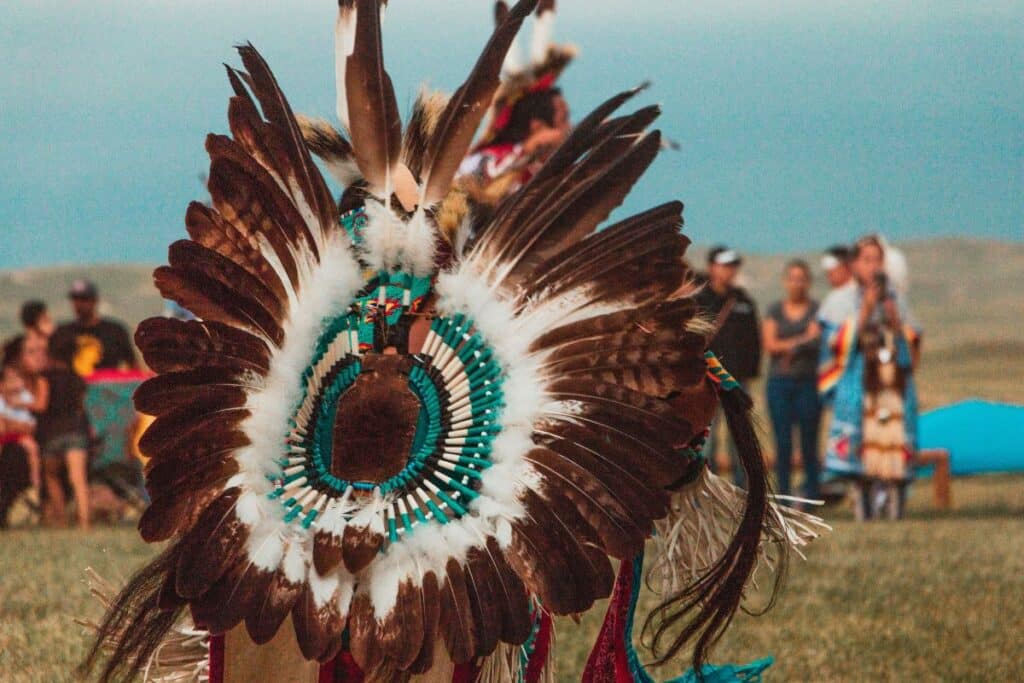
Cultural Events
- Seed Gathering Festival: Held each spring, this festival celebrates traditional agricultural practices and the importance of seed preservation within the community.
- Feast of the Waters: Conducted during the summer, this event honors the tribe’s connection to waterways, featuring ceremonies and activities that highlight the significance of water in their culture.
- Green Harvest Corn Festival: Celebrated in late summer, this festival marks the corn harvest, a staple in the Piscataway diet, and includes traditional dances, music, and storytelling.
Educational Programs and Museums
- Piscataway Indian Museum and Cultural Center: Located in Waldorf, Maryland, this museum provides insights into the history and culture of the Piscataway and other Native peoples through exhibits featuring historical and contemporary artifacts.
- Partnerships with State Parks: The Piscataway Conoy people collaborates with state parks to utilize facilities for ceremonies, cultural education, and interpretive programs, thereby rejuvenating ancestral ties and promoting cultural awareness.
Through these combined initiatives, Davidsonville and its surrounding areas continue to honor and preserve the rich heritage of the Piscataway Conoy people.
Recognizing the Contributions of Indigenous Peoples
The Indigenous peoples of Maryland left an indelible mark on the land and its history. Many modern agricultural practices, environmental stewardship efforts, and community planning strategies draw inspiration from Indigenous knowledge and traditions.
The “Three Sisters“ planting method, for instance, was pioneered by Indigenous peoples and is recognized today for its ecological benefits and efficiency. Additionally, the principles of regenerative agriculture, which emphasize biodiversity and soil health, have roots in Indigenous land management practices. These methods are increasingly adopted by local farmers aiming to create sustainable and resilient agricultural systems.
Place names throughout Maryland, including many waterways and towns, reflect the influence of Indigenous languages and cultures. Names like Patuxent River, derived from the Patuxent people, and Chesapeake Bay, believed to originate from the Algonquian word “Chesepiooc,” meaning “village at a big river”.
Why Understanding Indigenous Roots Matters
Acknowledging the Indigenous roots of Davidsonville’s land is not just a matter of historical interest—it’s a step toward honoring the people who shaped this region long before it became the community we know today.
As we walk the trails, enjoy the waterways, and cultivate the land, we stand on the foundation laid by those who came before us. Understanding this history fosters a greater appreciation for the land, its resources, and the cultural heritage that continues to enrich Maryland’s identity.

